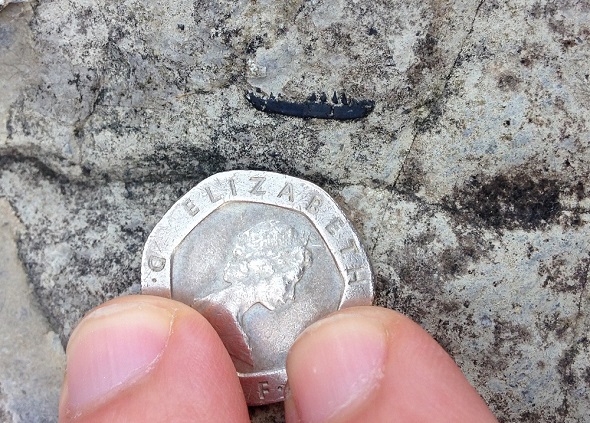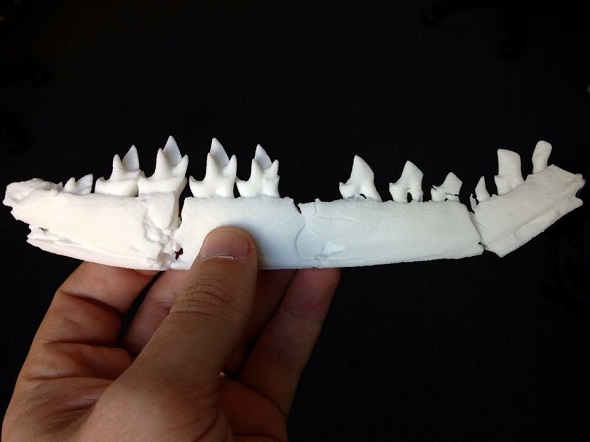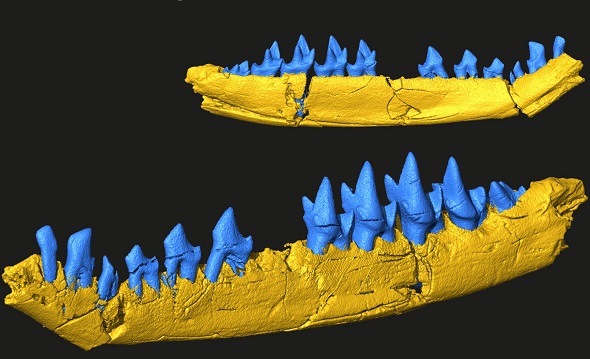A team of researchers at Oxford University has recently discovered a 170-million-year-old fossilised mammal jaw, that belongs to a mouse-sized species called Palaexonodon ooliticus.
The jaw was found in Middle Jurassic rocks on the Isle of Skye in Scotland and is important for understanding the evolution of molar teeth in modern mammals. The team led by Dr. Roger Close, a vertebrate paleobiologist and postdoctoral research associate, used 3D scanning and 3D printing technology to create a scaled up model for further examination.

“As recently as ten years ago it would have been standard practice to expend a considerable amount of time and effort manually removing the fossil from the hard limestone rock. However, we were able to use an X-Ray Computed Tomography (CT) scanner at the Natural History Museum in London to obtain an amazingly detailed three-dimensional image of the specimen, so all the preparation could be done digitally,” said Roger.
He further explains: “The fact that the model could so easily be scaled up to 20 times its original size made it all the more fun. I found that being able to scrutinise a 3D print was genuinely helpful while describing the anatomy of the fossil for publication, as it highlights features that might not be immediately apparent on a computer-screen rendering.”
Moreover, the 3D file of the the jaw model can be shared with researchers, educators and hobbyists from all over the world, who can edit, rescale and 3D print the model. Roger turned to 3D printing service provider i.materialise to get his scaled model of the jaw, which was 3D printed using a polyamide material. He also uploaded the file to DataDryad.org, a database that makes the data underlying scientific publications discoverable, freely reusable, and citable.
“The best thing about having a 3D print of the fossil was that I could show the specimen off to colleagues and friends—virtually everyone who saw it was amazed, particularly when they heard that the model had only cost a tenner!”
Subscribe to our Newsletter
3DPresso is a weekly newsletter that links to the most exciting global stories from the 3D printing and additive manufacturing industry.























